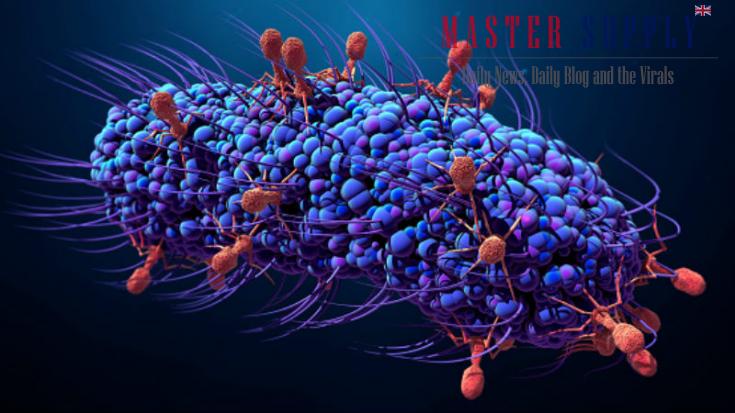
Viruses are not, strictly speaking, living organisms. Instead, they are nucleic acid fragments packaged within protein coats that require the machinery of living cells to replicate. Viruses are visible by electron microscopy; they vary in size from about 25 nanometres for poliovirus to 250 nanometres for smallpox virus. Vaccination has been the most successful weapon against viral infection; some infections may be treated with antiviral drugs or interferon (proteins that interfere with viral proliferation).
Viruses of the Herpesviridae family cause a multiplicity of diseases. Those causing infections in humans are the varicella-zoster virus (VZV), which causes chickenpox and herpes zoster (shingles); the Epstein-Barr virus, which causes infectious mononucleosis; the cytomegalovirus, which is most often associated with infections of newborn infants and immunocompromised people; and herpes simplex virus, which causes cold sores and herpetic venereal (sexually transmitted) diseases.
There are two serotypes of herpes simplex virus, HSV-1 and HSV-2. HSV-1 is the common cause of cold sores. The primary infection usually occurs in childhood and is without symptoms in 50 to 80 percent of cases. Between 10 and 20 percent of infected individuals have recurrences precipitated by emotional stress or by other illness. HSV-1 can also cause infections of the eye, central nervous system, and skin. Serious infections leading to death may occur in immunocompromised persons. HSV-2 is associated most often with herpetic lesions of the genital area. The involved area includes the vagina, cervix, vulva, and, occasionally, the urethra in females and the head of the penis in males; it may also cause an infection at the site of an abrasion. The disease is usually transmitted by sexual contact. In herpetic sexually transmitted diseases, the lesions are small, red, painful spots that quickly vesiculate, become filled with fluid, and quickly rupture, leaving eroded areas that eventually become scabbed. These primary lesions occur from two to eight days after exposure and may be present for up to three weeks. Viral shedding and pain usually resolve in two weeks. When infections recur, the duration of the pain, lesions, and viral shedding is approximately 10 days.
There are numerous other viruses that are transmitted between humans and that are significant causes of illness and death. Seasonal influenza viruses, for example, circulate globally every year, causing illness in tens of millions of people worldwide; an estimated 290,000 to nearly 650,000 people die from seasonal influenza each year.
In addition, new types of infectious viruses emerge periodically. In many instances, these viruses “jump” to humans from an animal reservoir, such as bats, pigs, or primates; this occurs when a human is in close contact with an animal that carries the virus. Often the virus then evolves to become transmissible between humans. Examples of infectious viruses that originated from animal reservoirs in the mid-20th or early 21st century and went on to cause epidemics or pandemics of disease in humans include ebolaviruses, SARS coronavirus, influenza A H1N1, human immunodeficiency virus (HIV/AIDS), and SARS-CoV-2 coronavirus.

